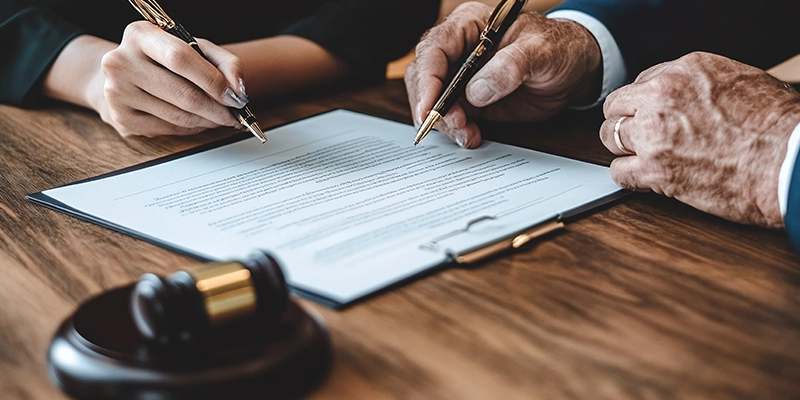
As It Happens6:27Wounded Knee Massacre artifacts — the moment touted as ‘a curiosity’ — returned to Lakota Sioux
The return of artifacts from the Wounded Knee Massacre in South Dakota will enable Lakota Sioux elders get started to mend from their trauma, and give youthful people a possibility to study about their record, claims Kevin Killer.
A Massachusetts museum says it will return about 150 Sioux products, some of which are considered to have a immediate website link to the 1890 massacre in which U.S. soldiers killed extra than 250 Lakota gentlemen, ladies and small children.
“I hope it truly is a beginning of a path of healing,” Killer, president of the Oglala Sioux Tribe in South Dakota, told As It Transpires Nil Köksal.
The items — which experienced been retained at the Founders Museum in Barre, Mass., for extra than a century — include weapons, pipes, moccasins, arrows and apparel.
Their return is part of a broader work by the museum to repatriate its Native American collection, and the museum will stay closed to the public until that system is comprehensive.
“This is not our record of Barre. This is the Lakota Sioux’s heritage, and we need to honour the Lakota Sioux and what they motivation,” Ann Meilus, president of the museum’s board of administrators, mentioned in a news meeting.
Altering narratives of history
On Dec. 29, 1890, U.S. Calvary troops opened hearth at a camp on the Lakota Pine Ridge Indian Reservation in South Dakota, near Wounded Knee Creek, killing extra than 250 folks and wounding more than 50. Twenty-five soldiers were also killed.
“It was a fairly unfortunate day, I feel, in a ton of people’s histories, especially our nations,” Killer explained.
It was a single of the deadliest massacres in U.S. background. But for generations, it was celebrated as a victory for the U.S. military, and its artifacts ended up paraded close to the place and the earth as curiosities in travelling shows and museums.
The return of the artifacts, Killer stated, demonstrates society’s switching narratives about Indigenous history.

At the time, the U.S. referred to the incident not as a massacre — but as a struggle. The soldiers experienced been despatched to disarm the Lakota, some of whom experienced been participating in a spiritual ceremony referred to as the Ghost Dance, which white settlers noticed as a danger and a precursor to war.
“Media was genuinely irresponsible, also,” Killer mentioned. “They have been really drumming up some of this discussion and the fever for war.”
In the finish, 20 of the soldiers included had been awarded the Medal of Honor, the U.S.’s highest armed service difference.
Artifacts from the grisly event are scattered all around the U.S. and the globe, at numerous museums. Those in Barre have been acquired from Frank Root, a 19th-century travelling shoe salesman who collected the goods on his journeys, and after had a street present that rivalled P.T. Barnum’s extravaganzas, Meilus mentioned.
Root is believed to have taken some the its from the dead at Wounded Knee when he was employed to clear the field, experiences Native Information On the net, citing the museum’s information.
“In the early 1900s it was nearly a curiosity/circus act/a little something to gaze at. And now … we’re in a distinctive time in the 2020s,” Killer explained.
“It is really just the pendulum of time, you know, generally swinging back again the other way and declaring, Okay, how do we honour and identify the history of a great deal of our communities?”
Tens of hundreds of stolen artifacts
The objects currently being returned are just a tiny fraction of an estimated 870,000 Indigenous American artifacts — such as practically 110,000 human stays — in the possession of the U.S.’s most prestigious colleges, museums and even the federal government.
All of these items, Killer suggests, should really be returned beneath the 1990 Indigenous American Graves Protection and Repatriation Act (NAGPRA).
He says his tribe has previously been in contact with institutions in California and Switzerland about arranging the return of other artifacts.

The Founder Museum merchandise are thanks to be formally handed in excess of at a ceremony on Nov. 5.
Wendell Yellow Bull, a descendant of Wounded Knee victim Joseph Horn Cloud, stated they will be stored at Oglala Lakota Higher education until eventually tribal leaders determine what to do with them.
“Upon the return of the objects, there will be a mass conference and a quite meticulous dialogue on how and what we are likely to do with the goods,” he claimed.
“Most of all, there are objects from the massacre website, so a ton of preparations and ceremonies have to consider position in get for us to carry on ahead.”
Killer hopes the ceremony will be effective for elders and youth, alike.
“I imagine for the older technology, it is really heading to be a little little bit more difficult since, you know, around their life span, they’ve had to endure so considerably more than our era,” he claimed.
In both of those Canada and the U.S., Indigenous populations are rising, which suggests there are a good deal of youthful men and women. The median age for the Oglála Lakhóta nation, he stated, is about 25.
“I believe it is really a mastering opportunity for [youth], but also a way to see that, you know, the narratives that have been told about us are modifying, and it’s shifting in their life span,” he stated.
He claims the return of the things is an remedy to prayer his ancestors manufactured more than a century ago.
“That is something that we feel deeply — that, you know, when any individual claims a prayer about a little something, it sets an intention for not only their generation, but future generations to fulfil.”




